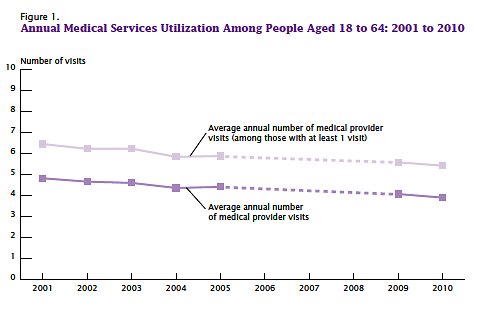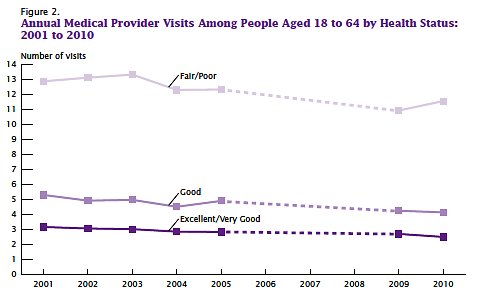TOKYO — In the latest sign that Japan may be inching out of its deflationary slump, data on Friday showed that core consumer prices were flat in May compared with the previous year, though lackluster household spending signaled that the recovery still needed time to take hold in the wider economy.
It was the first time in seven months that Japan’s core consumer price index, which excludes volatile fresh food prices but includes energy, did not fall. The results were largely in line with economists’ expectations. In April, prices fell an annual 0.4 percent.
The data provide a further lift to Prime Minister Shinzo Abe’s campaign to bring an end to 15 years of deflation in Japan, during which time the country’s economy fell behind that of China’s.
In his six months in office, Mr. Abe has focused much of his energy on tackling Japan’s falling prices — which he says are both a cause and a symptom of waning profits, wages and consumption — with a mix of aggressive monetary easing, government spending and economic reforms.
But Mr. Abe’s bid has reached a critical juncture in recent weeks, as initial investor enthusiasm over his economic programs gave way to a colder-eyed look at the difficulties of turning around an economy so entrenched in deflationary expectations.
Japanese consumers have been the most wary of Mr. Abe’s recovery pitch. Separate government data released Friday showed that household spending fell 1.6 percent in May from a year earlier, dashing economists’ expectations of a 1.3 percent rise. A shortfall in consumer demand has been the biggest contributor to Japan’s deflationary woes.
And Japan’s so-called core-core consumer price index, which excludes both food and energy, fell 0.4 percent in the year to May, after a 0.6 percent annual decline in April, underscoring continued weak consumer demand.
Still, early data for consumer prices in Tokyo, seen as a precursor of nationwide trends, rose 0.2 percent in June, signaling that a turnaround could be near.
Industrial production rose by a robust 2 percent in May from the previous month, showing corporations a step ahead of consumers in the economic recovery. A weakening yen, another outcome of Japan’s bold monetary easing, has been a boon for the country’s exporters, which have seen profits soar.
Much hangs on how much corporate profit will trickle down to consumers in the form of higher wages and better job opportunities. Jobs data released Friday, however, showed the nation’s unemployment rate in April unchanged, at 4.1 percent.
Tokyo’s benchmark Nikkei index reacted positively to the data over all, jumping 3.3 percent in morning trade to 13,648.81. Japanese stocks surged 80 percent by mid-May in strong hopes for Mr. Abe’s economic turn, but have since fallen by as much as 20 percent before starting to edge back up.

Article source: http://www.nytimes.com/2013/06/28/business/global/in-japan-prices-stabilize-for-the-first-time-in-months.html?partner=rss&emc=rss







